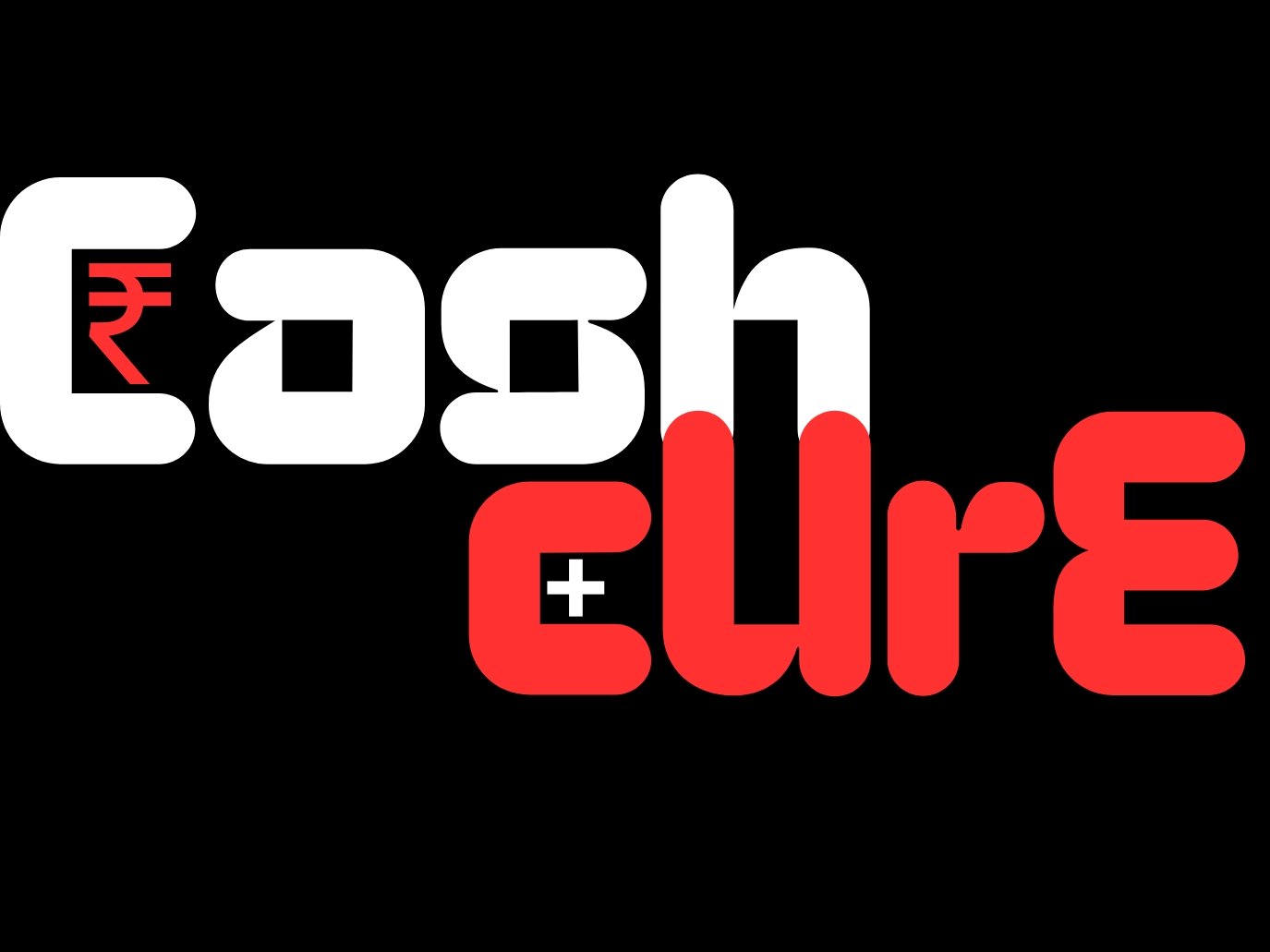Republican lawmakers have introduced sweeping reforms to the student loan repayment system, proposing significant changes to how families finance education and how borrowers repay their loans. At the core of this proposal are two repayment options: a standard fully amortized plan and an income-based repayment option called the Repayment Assistance Plan (RAP).
This article examines the details of the RAP plan, how it compares to the SAVE and IBR plans, and its potential impact on borrowers.
Key Features of the Republican Proposal
The Republican student loan plan simplifies repayment options by reducing them to two:
Standard Repayment Plan
This plan features fixed monthly payments designed to fully repay loans over a set period, determined by the loan amount:
- Loans under $25,000: 10 years
- Loans from $25,000 to $50,000: 15 years
- Loans from $50,000 to $100,000: 20 years
- Loans over $100,000: 25 years
Borrowers with higher incomes and larger loan balances may find this option preferable due to its predictability and shorter repayment term compared to RAP.
Repayment Assistance Plan (RAP)
RAP calculates monthly payments based on a borrower’s Adjusted Gross Income (AGI), with deductions for dependents. The plan also includes several key provisions:
- Income Brackets: Payments are calculated as a percentage of AGI, ranging from $120 annually for incomes below $10,000 to 10% of AGI for incomes above $100,000.
- Minimum Payment: A $10 minimum payment applies if calculated payments fall below this threshold.
- Child-Based Deductions: Borrowers can subtract $50 per child from their monthly payment.
- Interest Subsidies: If a payment does not cover monthly interest, the unpaid interest is waived.
- Principal Reduction: Payments are supplemented by up to $50 in principal reduction if they do not significantly reduce the loan balance.
While the plan prevents negative amortization, its extended 30-year repayment term often results in higher total costs for borrowers.
Comparing RAP, SAVE, and IBR
Here’s how RAP stacks up against the SAVE and IBR plans across various borrower scenarios:
Low-Income Borrower with Children
- AGI: $25,000
- Children: 2
- Loan Balance: $30,000
- RAP: $10/month; $3,600 total over 30 years
- IBR/SAVE: $0/month; $0 total over 20–25 years
RAP imposes a $10 monthly payment, leading to a total repayment of $3,600 over three decades. In contrast, both SAVE and IBR offer $0 payments with earlier forgiveness.
Middle-Income Borrower without Children
- AGI: $60,000
- Loan Balance: $30,000
- RAP: $250/month; $60,000 total over 20 years
- IBR: $311.75/month; $50,191 total over 13 years
- SAVE: $217.63/month; $70,512 total over 27 years
For middle-income borrowers, RAP’s monthly payment is lower than IBR but higher than SAVE. However, RAP’s longer repayment period leads to higher total costs compared to IBR.
Moderate-Income Borrower with Children
- AGI: $80,000
- Children: 2
- Loan Balance: $80,000
- RAP: $366.67/month; $132,001 total over 30 years
- Standard Plan (20-Year): $527.52/month; $126,604.80 total
- IBR: $343.92/month; $82,541 total over 20 years
- SAVE: $182.54/month; $43,810 total over 20 years
While RAP provides lower monthly payments than the standard plan, its extended term leads to significantly higher total repayment costs compared to both IBR and SAVE.
High-Income Borrower with Large Loan Balance
- AGI: $180,000
- Children: 1
- Loan Balance: $200,000
- RAP: $1,450/month; $469,800 total over 27 years
- Standard Plan (25-Year): $1,167.60/month; $350,280 total
- IBR: $1,244.50/month; $298,680 total over 20 years (with forgiveness)
- SAVE: $1,116.75/month; $268,020 total over 20 years (with forgiveness)
For high-income borrowers, RAP’s flat-rate model results in the highest total repayment costs. Although it avoids forgiveness, the extended timeline increases the financial burden compared to SAVE and IBR.
Key Considerations
The 30-year forgiveness period under RAP is a major departure from SAVE’s shorter timelines. While RAP’s provisions prevent loan balance growth, the extended term often leads to higher total costs, especially for borrowers with lower incomes or significant family obligations.
Additionally, the plan’s flat-rate formula, while straightforward, lacks the discretionary income adjustments of SAVE and IBR, making it less appealing for borrowers with limited earnings.
Conclusion
The Republican student loan proposal, with its RAP and standard plans, represents a significant shift in repayment structures. While RAP includes features like interest subsidies and principal reductions to help borrowers manage their debt, its extended timeline often results in higher overall costs compared to SAVE and IBR.
Borrowers should carefully evaluate their income, family size, and loan balance before selecting a repayment plan. Existing borrowers, except those on the SAVE plan, are likely to retain their current options. However, new borrowers starting in 2026 may face RAP as the default plan, underscoring the importance of understanding these changes.


Leave a Reply
You must be logged in to post a comment.